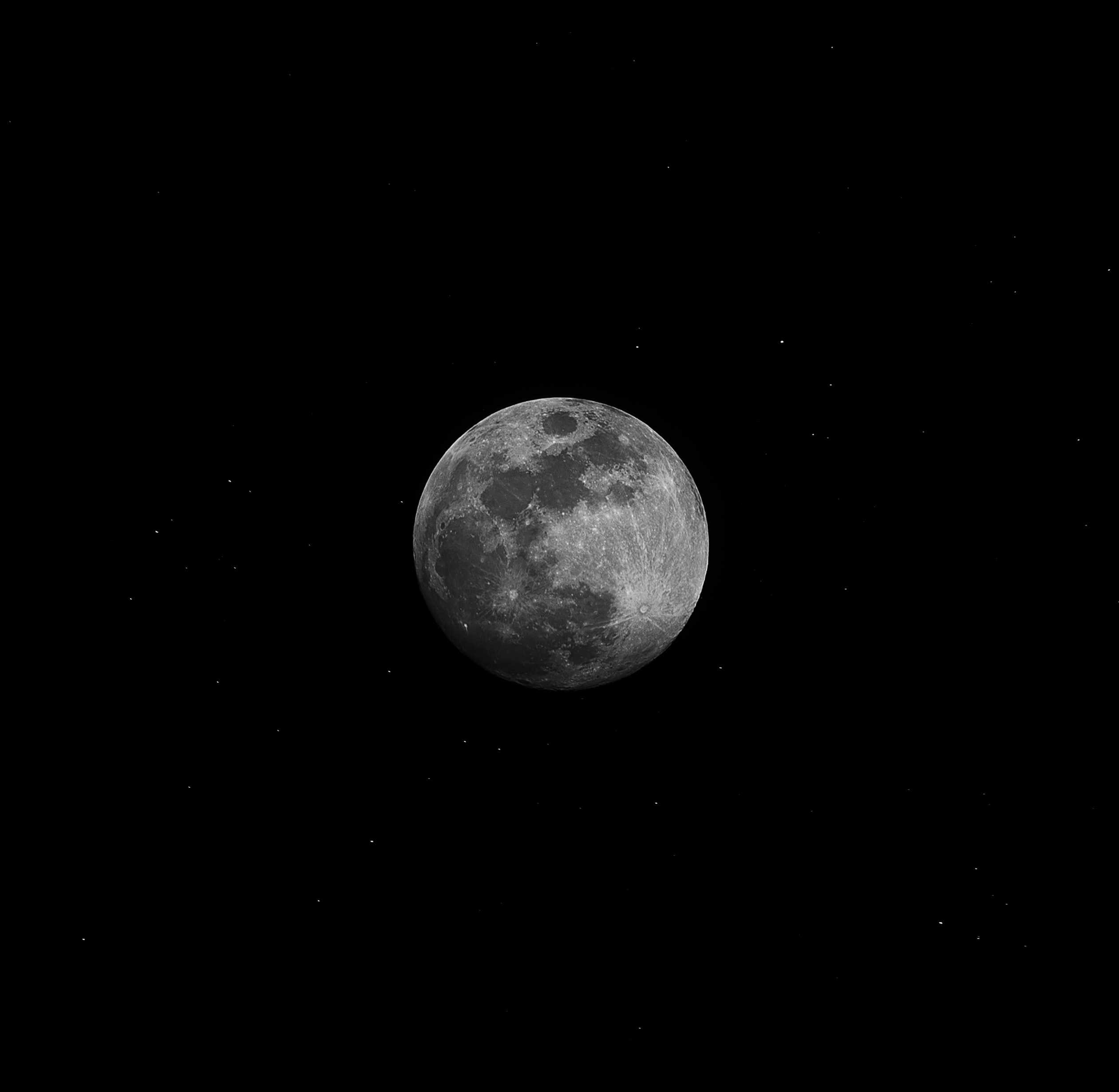Contents
Let’s Get Started…
We get the question “how long after sunset is it dark?” a LOT. Knowing the time of darkness after sunset is important to many astronomers and astrophotographers. Unfortunately, however, it is not a straight answer for every situation; one must consider things such as latitude, season, and altitude.
What is “Astrodark”?
Astrodark is a concept that refers to when the presence of the sun can no longer be seen at all in the sky. Astronomical darkness is the complete absence of sunlight, meaning the sun is more than 18 degrees below the horizon. This level of darkness is important for astronomical observations as it allows for better visibility of stars and other dim celestial objects.
What is Twilight?
To fully answer this question, we first have to consider the different types of twilight. Here is a handy diagram to help visualize these:
Representation of different levels of twilight. Image credit: timeanddate.com
Civil Twilight
Civil twilight refers to the period of twilight in the morning or evening when the sun is between 0 and 6 degrees below the horizon. During this time, there is enough natural light for outdoor activities, and some stars may be visible, but the sun has not yet risen or has already set. This is the time when artificial lighting may not be necessary, and some colors and details can still be seen. For photographers, this is also referred to as the “golden hour,” when the sky is shades of red, yellow, and orange.
The planets Mercury and Venus, if visible, are best seen during this time right before they set following the sun (or rise before the sun).
Nautical Twilight
Nautical twilight refers to the period of twilight in the morning or evening when the sun is between 6 and 12 degrees below the horizon. During this time, it is still possible to navigate at sea, as the horizon and some celestial objects may be visible. However, it is also the time when it starts really getting dark and becomes difficult to distinguish between the sky and the sea, making navigation more challenging. Nautical twilight is used as a reference for determining the beginning and end of astronomical twilight, as well as for nautical purposes, such as determining the safe arrival and departure of ships. It is also used by astronomers as a reference for when it is possible to start or end observations of deep-sky objects.

Things like the aurorae and the dark side of the moon are best observed during nautical twilight since it’s still somewhat light enough to see around you, and the earthshine can be projected onto the moon, faintly illuminating the parts of the moon where the sun isn’t shining.
Astronomical Twilight
Astronomical twilight is the last stage before total darkness or the first stage before sunrise. It begins when the sun is between 12 and 18 degrees below the horizon. By this point, it’s a good time to begin astronomical observing, as the objects around you and the sky are pretty much unilluminated by the sun. Objects that were once colored are now colorless to the eye, minus brighter things like the aurorae.
What Time Does It Get Dark?
After the sun has passed civil twilight, nautical twilight, and astronomical twilight and is 18 degrees or more below the horizon, it becomes fully dark. The amount of time this takes is very dependent on your location and season. For those on the equator (0 degrees latitude), you can expect it to become dark generally 30 minutes after sunset. People north or south of the equator experience a longer twilight period since the sun is angled rather than overhead (at the equinox) and therefore takes longer to travel degrees vertically.
The poles experience the most extreme version of this, having parts of the year where it is always astrodark and others where the sun never even really seems to set. Areas slightly down from the poles may also get stuck in a continuous twilight that lasts for weeks.
If you’re in the mid-latitudes (e.g., the contiguous United States), you can expect it to get fully dark about 90 minutes after sunset. There may be some minor variations based on the altitude you’re at as well since higher altitudes enable you to see more of the horizon and therefore take the sun a few minutes longer to fully set.
Astronomical twilight times also change based on the seasons since the sun shifts in the sky throughout the year. Starting from the equator, the sun works its way up to 23.5 degrees north, which marks the northern hemisphere summer. After that, it begins to crawl slowly toward 23.5 degrees south, marking the southern hemisphere’s summer and the northern hemisphere’s winter. This, of course, changes the trajectory of the sun in the local sky, which can shift the astronomical twilight times by a few minutes depending on the time of year.

What Time Will It Be Dark Today?
There are plenty of resources out there for figuring out when your local sunset is or when it becomes astrodark. Most weather apps and websites state a sunset time for your location but leave the astrodark calculation up to you.
For figuring out the sky illumination from the moon in your area and the beginning and end times of astronomical twilight, we like to use the Cambridge in Colour Moon & Night Calculator. This calculator allows you to input your exact location for accurate times down to the minute.
Time and Date also offers a handy sunset calculator for determining twilight times in your specific location.
So, How Long After Sunset Is It Dark?
To summarize, for the 48 contiguous states or locations of similar latitude, it takes anywhere from 70 to 100 minutes for it to get dark after sunset, with 90 minutes being the average. The further north (or south) you are from the equator, the longer it will take to reach complete darkness.
Happy dark skies and good seeing!

